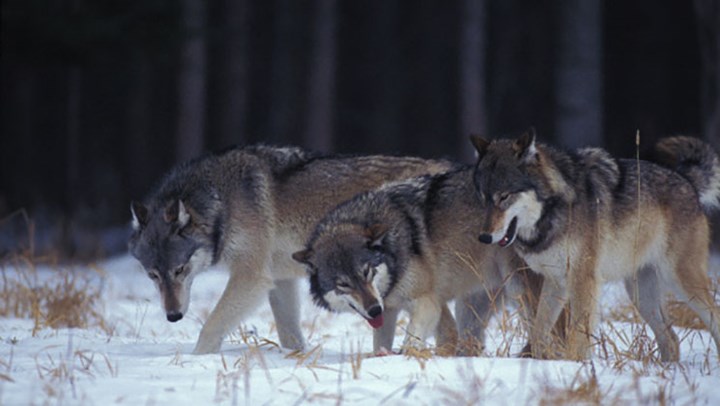
by Phil Phillips - Tuesday, February 20, 2018

If you don’t think the animal rights extremist movement spans across the globe, consider this: Around 1930 when the last wolves were taken out of Yellowstone National Park (YNP), farmers and hunters took out the last wolves in France. Ironically, under pressure from extremist groups, both countries reintroduced wolves in the 1990s, which were protected by both governments. (The United States reintroduced the non-native Canadian timber wolf into YNP, and the wolves in France were reintroduced from Italy.) While states are actively working to control U.S. wolf populations through hunting seasons, which is an ongoing battle with anti-hunting groups, yesterday France announced it will allow its wolf population to expand by 40 percent—despite that farmers lost more than 12,000 sheep to wolves in 2017 alone.
According to the BBC, the French government will allow the country’s wolf population to expand from 360 wolves to 500 wolves by 2023. If you do the math based on the 12,000 sheep killed last year, will an additional 4,800 sheep be killed annually by wolves by 2023, accounting for an annual loss of nearly 17,000 sheep? And this doesn’t include other livestock and wildlife. As we’ve seen from the YNP experiment, nothing is safe from a pack of wolves, which kill both for food and for sport.
As the BBC noted, the farmers who are living amongst wolves are concerned they could lose their livelihood as the wolf population grows. While animal rights groups have accused French government ministers of lacking political courage—and preferred a more radical plan—France’s Agriculture Minister Stephane Travert and Environment Minister Nicolas Hulot said in a joint statement that "we place trust in all of the stakeholders and local lawmakers to calm the debate.” They seek co-existence and want to plan for livestock owners “to be able to apply for state funds to protect their animals from wolves.”
Wolves were wiped out in both countries in the 1920s and 1930s, partly due to the damage they caused to livestock and other wildlife. Those who are against managing their populations are likely people who have never even seen a wolf in the wild or the carnage they can cause. My home state of Colorado’s Department of Parks and Wildlife recently held meetings to discuss the reintroduction of wolves there. Hunters, ranchers and other residents are working to keep that from happening.
Once again we see the necessity of wildlife management for all species—predator and prey alike. Wolves in France, however, remain protected by an international treaty known as the Bern Convention (Convention on the Conservation of European Wildlife and Natural Habitats).
The concern is that if a government is going to allow the established wolf population to grow, shouldn’t there be a management program in place designed to keep numbers at a level that does not do the damage we have seen in both countries? In what is being called “a gesture to farmers,” the French government said it would permit the culling of 40 wolves as it did in 2017.
Reports show that wolves also are returning to Belgium after more than a century. In 2017, Germany estimated it had 60 wolf packs, 15 percent more than it had the previous year.
E-mail your comments/questions about this site to:
[email protected]
Proudly supported by The NRA Foundation and Friends of NRA fundraising.
